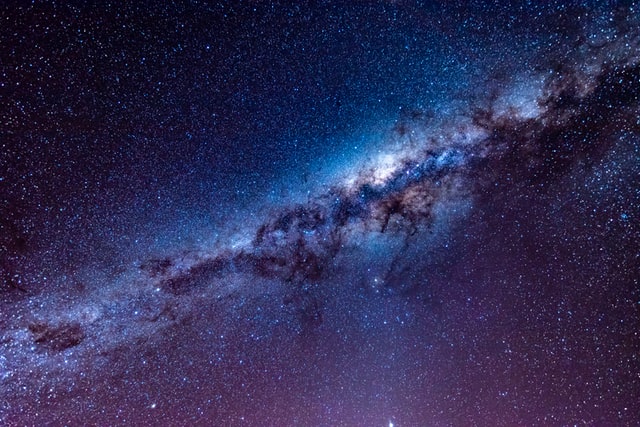Traces Of Light From Long-dead Stars Could Be Seen Even In The Beggining Of The Universe

As with any topic, there is more going on in space than first seems. Lone stars are like cosmic rnin; they roam aimlessly in the empty spaces between the galaxies that are held together by gravity in large clusters. These stellar objects are a mystery to us. When did they become expelled from their host galaxies? Or did they just start developing by themselves in the night? A new study released in Nature attempts to provide an answer.
Ten clusters of galaxies were studied by the Hubble Space Telescope to determine the answers, with some of the light having traveled as far as 10 billion years to reach us. The measurements also showed that the faint, diffuse light of stars that had been wandering alone for a very long period could be seen shining in intracluster space in the early Universe. This disproves the idea that galactic stars have recently been ejected into the intergalactic medium as a result of gravitational interactions.
Leading theories predict that the ICL fraction, defined by the ratio of the ICL to the total light, rapidly decreases with increasing redshift, to the level of a few per cent at z > 1. However, observational studies have remained inconclusive
Clusters of galaxies, held together by gravity, may number in the hundreds of thousands. When mass density is high, galaxies clash and merge more often, releasing extended streams of material in their gravitational dances before finally coalescing. Galaxies may lose mass (and stars) as they circle the cluster center due to drag introduced by the intracluster medium, the thin gas between galaxies in the cluster.
Galaxies may eject stars into interstellar space at galactic escape velocities for a variety of reasons, including asymmetric supernovae and three-body gravitational interactions including a black hole. Given that these kinds of events are likely to happen independently of a galaxy’s membership in a galactic cluster, this explanation is unlikely to be sufficient for explaining the intracluster light.
Therefore, there are three possible explanations for the emergence of rogue intracluster stars: mergers, stripping, and pre-existing stellar populations. Based on the research of Jee and his Yonsei University colleague, astronomer Hyungjin Joo, they have determined that drag in the intracluster medium cannot be to blame. That’s because over time, a greater fraction of the total light would come from inside the cluster, rather than from the galaxies.
However, intracluster light has been constant for the last 10 billion years, the length of time that our Universe has been observable. Scientists saw no indication of a brightening radiance. It is unclear what caused the stars to become homeless, even to scientists. Results cannot be explained by current ideas, but it is clear that they were made in vast amounts in the early cosmos. It’s possible that young galaxies were much smaller and experienced rapid star loss due to a lower gravitational pull than they do now.
The team concludes that the dominating source of intracluster light either grew alongside the cluster’s brightest galaxies as they formed and expanded during the cluster’s creation or included stars that had been drifting about outside the cluster prior to its formation.
Intracluster light is useful for mapping the unseen dark matter that is holding the cluster together. Light would not adequately map the distribution of dark matter if the stars expelled during the disruptive process of galaxy mergers had not had time to spread throughout the cluster space.
Stray stars, on the other hand, that have been present in the cluster from its infancy would be more uniformly dispersed. Mapping the ethereal light between galaxies might provide insight on the mysterious nature and function of dark matter in the Universe.
0 comments